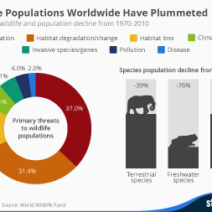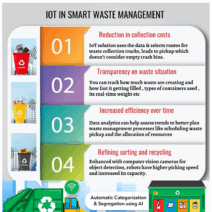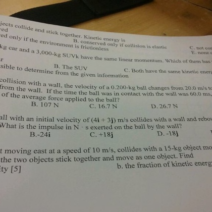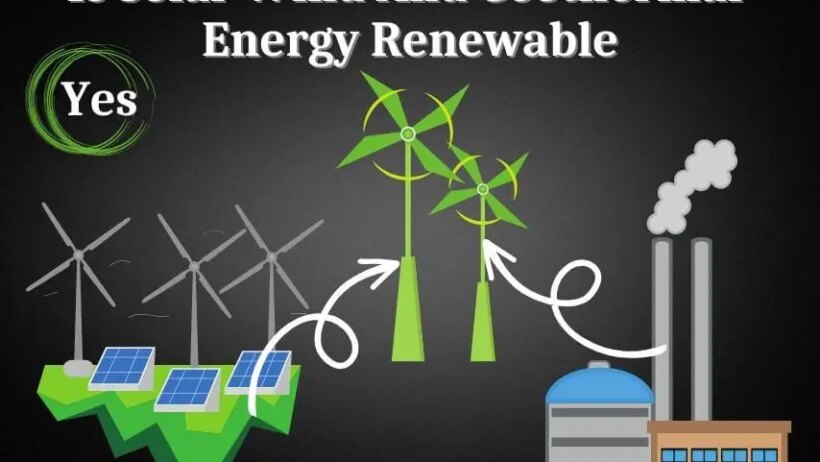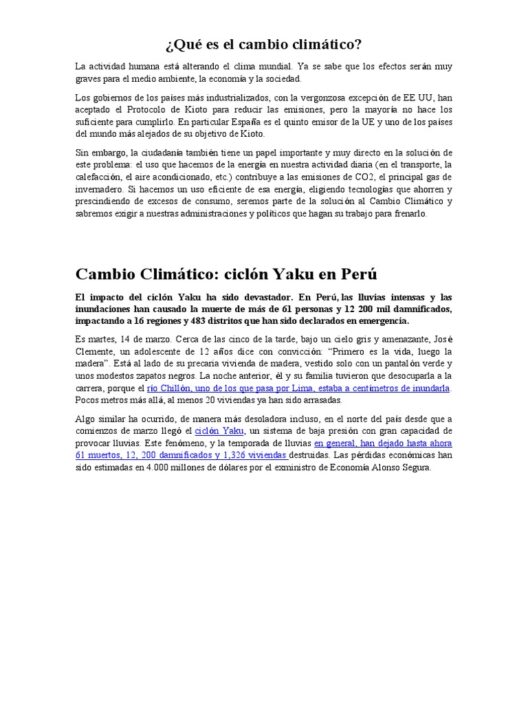Renewable energy has emerged as a critical component in the quest to combat climate change and reduce dependency on fossil fuels. Among the most prominent renewable energy sources are solar, wind, and geothermal energy. Each of these sources possesses unique characteristics and advantages, but what truly sets them apart? In this article, we’ll undertake a comprehensive analysis of solar, wind, and geothermal energy, delving into their functionalities, efficiency, and sustainability.
Before diving deep into each energy source, it is imperative to understand that they all share a common goal: to harness natural phenomena to generate energy in an environmentally friendly manner. However, the mechanisms through which they operate, the efficiencies they offer, and the challenges they encounter can vary widely.
Equipping potential buyers with a nuanced understanding of these systems can help facilitate informed decisions regarding investments in renewable technology. Let’s examine the unique attributes of solar, wind, and geothermal energy while addressing key considerations that potential users might have.
Understanding Solar Energy: Harnessing the Power of the Sun
Solar energy generates power by converting sunlight into electricity, primarily through photovoltaic (PV) cells. This technology has evolved dramatically over the years, facilitating the use of solar panels in residential and commercial installations. One significant advantage of solar energy is the relative abundance of sunlight. Most regions on Earth receive ample sunlight for a significant portion of the year, making solar energy a viable option for widespread adoption.
Key Advantages of Solar Energy:
One of the foremost benefits of solar energy is its versatility. Solar panels can be deployed in a myriad of settings, from rooftops to solar farms. This adaptability allows for localized energy production which minimizes transmission losses. Moreover, solar installations can be scaled according to the energy needs of the user, be it a small household or a large industrial facility.
However, solar power is not without its challenges. Its dependence on sunlight means that energy production can be inconsistent. Cloud cover, nighttime, and seasonal variations lead to fluctuations in energy generation. This intermittency raises concerns about energy reliability and necessitates the integration of energy storage solutions.
Exploring Wind Energy: The Invisible Force that Moves Mountains
Wind energy, harnessed through turbines, converts the kinetic energy of wind into electricity. This renewable resource has gained prominence due to its scalability and capacity to produce large amounts of energy. Unlike solar energy, wind energy generation can occur day or night, as long as there are favorable wind conditions.
Critical Attributes of Wind Energy:
Wind energy boasts one of the highest efficiencies among renewable sources. Modern turbines are engineered to operate in various wind speeds, resulting in lower operational costs and reduced waste. Furthermore, wind farms occupy large tracts of land, which can often be shared with agricultural activities. This dual land use promotes sustainability by allowing for continued agricultural yield alongside energy production.
Nonetheless, the concerns surrounding wind energy shouldn’t be overlooked. For instance, the aesthetic implications of towering wind turbines have been a point of contention in communities where they are installed. Moreover, concerns regarding wildlife, particularly avian species, must be addressed through careful siting and technological innovations to mitigate these impacts.
Diving into Geothermal Energy: Tapping into the Earth’s Core
Geothermal energy, though often less recognized, presents a stable and reliable form of renewable energy. It harnesses the heat stored beneath the Earth’s surface, converting it into electricity or using it directly for heating applications. This energy source is particularly beneficial in geological regions with high thermal activity, such as volcanic areas.
Advantages of Geothermal Energy:
One of the paramount benefits of geothermal energy is its consistency. Unlike solar and wind, geothermal energy is not subject to seasonal variations or weather conditions. It provides a continuous energy supply, which is crucial for baseload power generation. Furthermore, geothermal plants tend to have a smaller land footprint in comparison to wind farms and solar installations, making them a space-efficient solution.
Conversely, geothermal energy faces distinct challenges. The infrastructure requirements for tapping into geothermal resources can be costly, particularly in non-volcanic regions. Additionally, the geographical limitations restrict widespread applicability, as not all areas have suitable geological formations for extraction.
Addressing Buyer Concerns: Which Renewable Energy Source Is Right for You?
Investing in renewable energy often entails weighing initial costs against long-term benefits. Individuals and businesses must carefully consider their local resources when choosing between solar, wind, and geothermal energy. Solar may offer a more accessible entry point for urban dwellers with flat roofs, while rural areas with ample land may be well-suited for wind energy. Conversely, locations with geothermal potential, such as near tectonic plate boundaries, can benefit immensely from this stable source of energy.
Moreover, potential buyers must factor in government incentives, tax credits, and local policies promoting renewable energy use. The ever-evolving landscape of renewable technology presents emerging opportunities that are becoming increasingly essential as the global focus shifts toward sustainable solutions.
Ultimately, choosing between solar, wind, and geothermal energy should be based on a comprehensive evaluation of individual needs, environmental conditions, and financial considerations. Each renewable energy source bears distinct pros and cons, yet collectively they contribute to a more sustainable future.
As society progresses toward cleaner energy solutions, understanding the nuances of these renewable resources is foundational. Whether you are a homeowner, business owner, or energy advocate, being informed fosters educated decisions that can lead to significant environmental benefits.
